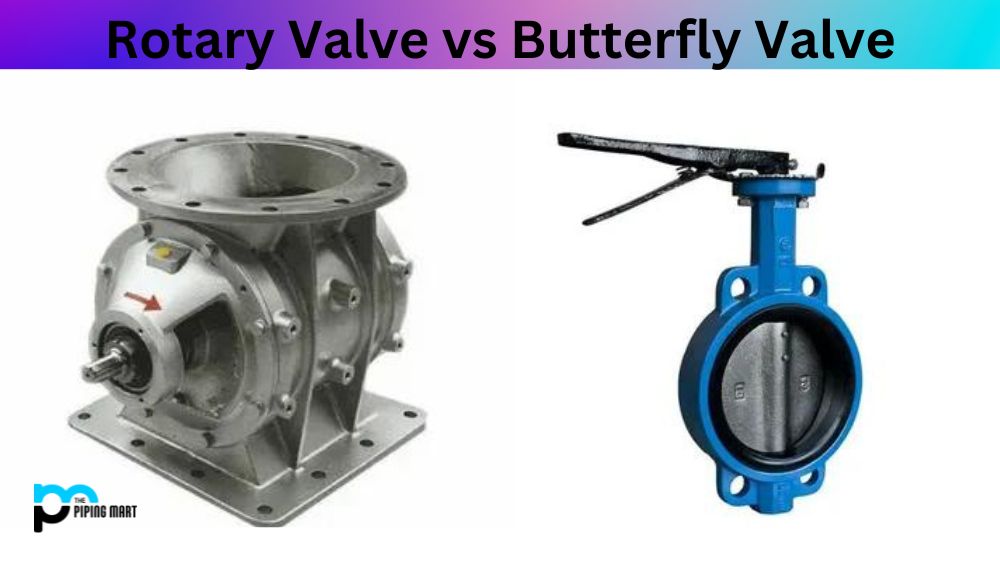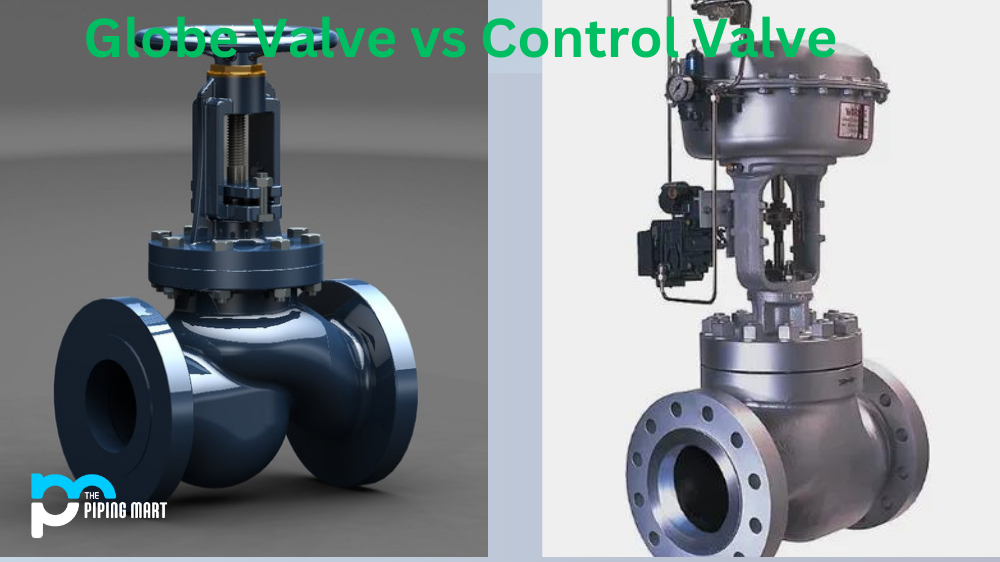Choosing the right furniture for your B2B business is crucial for creating a productive and aesthetically pleasing environment. When it comes to selecting materials, metal and wood are two popular options that offer distinct advantages and unique characteristics. In this article, we will delve into the comparison of metal and wood furniture for B2B businesses, highlighting their respective benefits, considerations, and their impact on overall success.
Here are some additional points specifically related to office furniture:
Ergonomics and Comfort:
Office furniture plays a significant role in ensuring the comfort and well-being of employees. Ergonomic considerations, such as adjustable chairs, height-adjustable desks, and supportive seating, are essential for promoting good posture, reducing the risk of musculoskeletal disorders, and enhancing overall productivity. Both metal and wood furniture can be designed with ergonomic features, so it’s important to prioritize comfort when selecting office desk.
Functionality and Storage:
Office furniture needs to fulfill practical requirements and provide efficient storage solutions. Metal furniture, with its durability and versatility, often offers built-in storage options such as filing cabinets, lockers, and shelves. On the other hand, wood furniture can provide ample storage through desk drawers, credenzas, and bookcases. Consider the specific storage needs of your office and choose furniture that maximizes functionality and organization.
Acoustics and Privacy:
In open office layouts, noise control and privacy become crucial factors. Both metal and wood furniture can contribute to acoustic solutions. Metal furniture with sound-absorbing panels or partitions can help reduce noise levels and create designated work areas. Wood furniture, with its natural density, can also contribute to sound absorption. Additionally, freestanding wooden screens or room dividers can offer privacy and reduce distractions in an open office environment.
Technology Integration:
In today’s digital age, office furniture should accommodate technology integration seamlessly. Look for furniture options that include wire management systems, built-in power outlets, and USB ports. Metal and wood furniture can both be designed with these features to support the connectivity needs of modern office equipment, such as computers, monitors, and charging devices.
Brand Image and Culture:
Office furniture plays a significant role in reflecting a company’s brand image and culture. The choice between metal and wood furniture should align with the desired aesthetic and atmosphere of your office space. Metal furniture may convey a more contemporary and innovative image, while wood furniture can create a warm and traditional ambiance. Consider how the furniture aligns with your brand identity and the values you want to communicate to employees, clients, and visitors.
Remember, when selecting office furniture, it is important to consider a balance between functionality, comfort, aesthetics, and the specific needs of your employees and business operations. By carefully assessing these factors, you can choose the right combination of metal and wood furniture that will contribute to a successful and inspiring office environment.
Conclusion
Selecting the right furniture for your B2B business requires a thoughtful analysis of various factors. Metal and wood furniture both have their advantages and can contribute to the success of your workspace in different ways. Consider the durability, aesthetics, flexibility, cost, and environmental impact when making your decision. Ultimately, the choice between metal and wood furniture should align with your business needs, brand identity, and the desired atmosphere you want to create in your B2B environment.
Sakshee is a talented blogger, with a particular focus on the Business and Metal Industry. She is passionate about sharing her insights on various metal products and helping professionals to make a better decisions.




